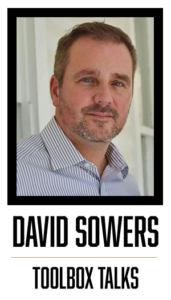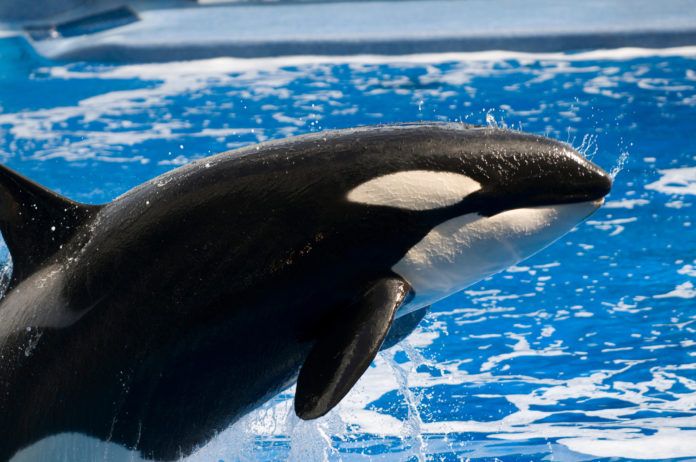Recently, I had an enlightening conversation with Dr. Mike Legatt. I’ve known Mike for years as he has a ton of experience in human performance and safety cultures and also has a Ph.D in clinical health psychology/neuropsychology. So, naturally we talked about Shamu. I’ll explain.
 He said a common mistake he sees in a lot of organizations is starting the process too far down the road. We usually start safety training at a level that is too advanced and don’t give the right kind of human performance coaching.
He said a common mistake he sees in a lot of organizations is starting the process too far down the road. We usually start safety training at a level that is too advanced and don’t give the right kind of human performance coaching.
The analogy Mike used was training Shamu how to jump over a pole to receive a fish. (Note: Neither of us are fans of whales in captivity, but the analogy is worth sharing.) He said there are two ways train the whale to jump over the pole. The first way is to put a trainer by the tank with a fish, 24 hours a day, 7 days a week. When the whale happens to breach over the pole, the trainer will then give him/her a fish.
It could be years before the whale randomly decides to jump over the pole and even then he/she may not make the connection between the behavior and the reward. The trainer would likely have to sit there forever to “catch” the whale exhibiting the correct behavior enough times before the whale really learns what’s going on.
The second way is to place the pole under the water, halfway between the bottom and the waterline. When the whale swims over the pole he/she is given a fish and the pole is raised a little bit. This is done until the pole is at the waterline and whale now must jump out of the water to go over the pole, which the whale will do because they are smart.
Again, whale goes over pole, whale gets fish, pole is raised. Eventually, the pole is high out of the water and the whale knows what behavior needs to be exhibited to get the reward.
The same goes for safety training, human performance coaching, and improving safety culture. Often, organizations will put the pole high above the water and hope the workers figure it out. The tool or resource is in place, but the workers don’t know what to do with it or if they do understand, they are not sure they can do it.
Putting a program in place and then waiting for the magic to happen is the wrong formula. Expectations may not be clear and may seem out of reach. It takes a clear strategy, continuous coaching, and a willingness to be patient while workers learn human performance or safe behaviors. Start small and develop into something amazing.
Toolbox Talks offers quick insights and thoughts to use for your toolbox (tailboard) talks. Dave Sowers is a founding member of Knowledge Vine, a veteran-owned human performance training and consulting organization that strives to reduce the frequency and severity of human errors in the workplace. He has almost 30 years of experience in power generation and the utility industry. He is a veteran of U.S. Navy Nuclear Power Program and holds a bachelor’s degree in resources management and a master’s degree in both management and emergency management and homeland security.



